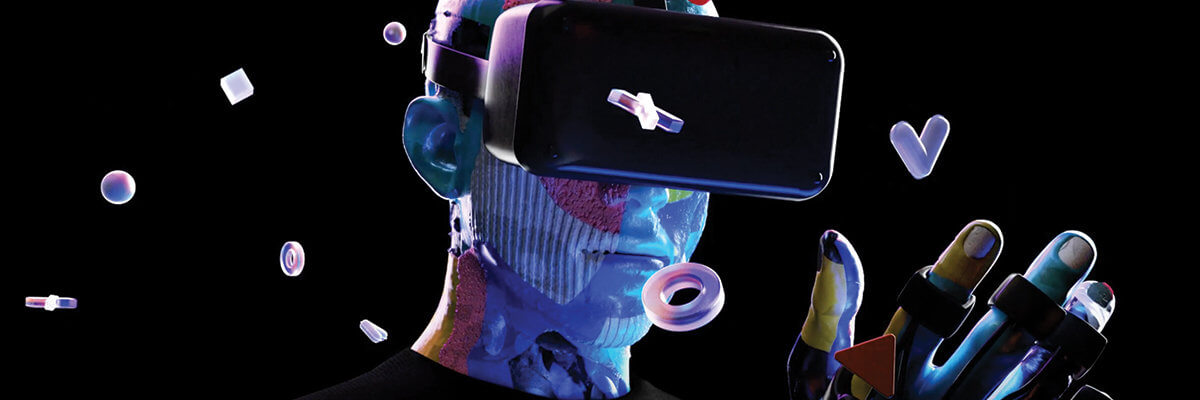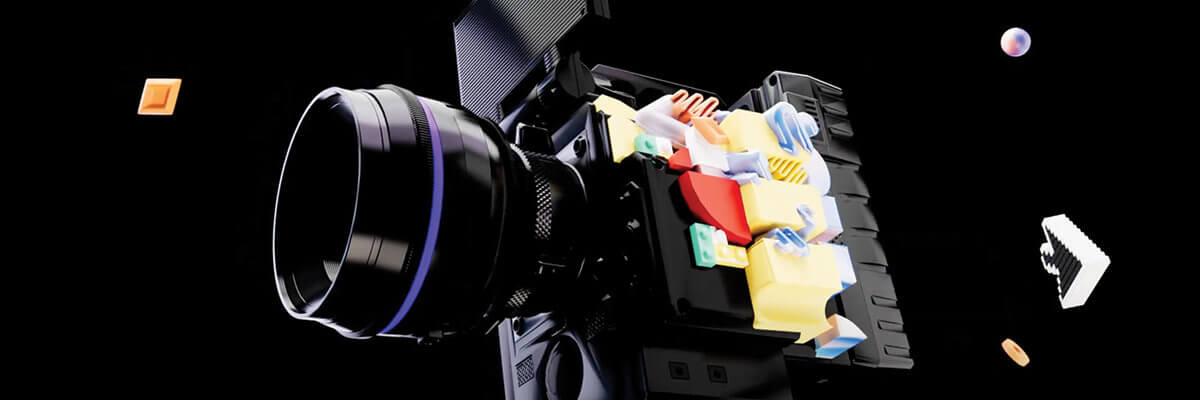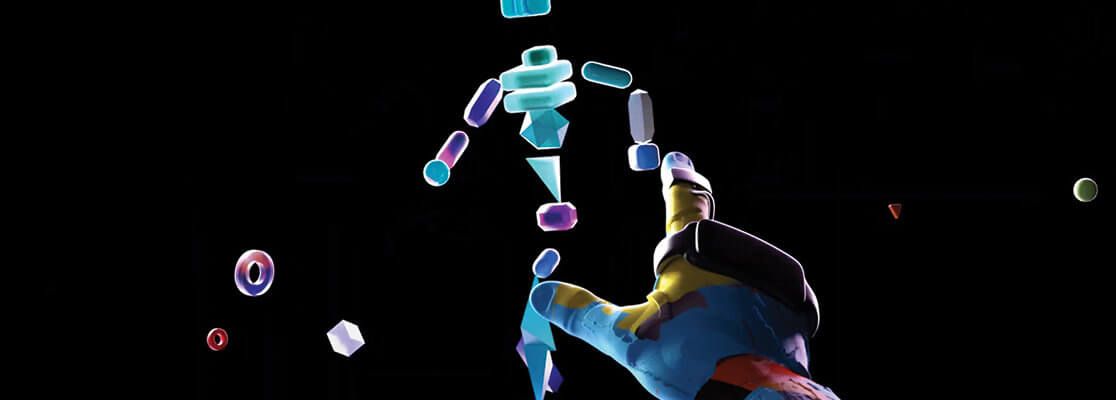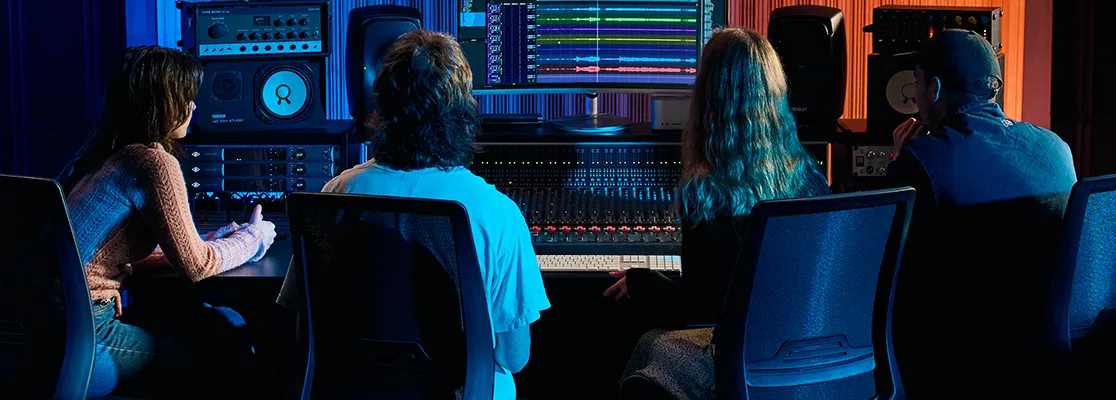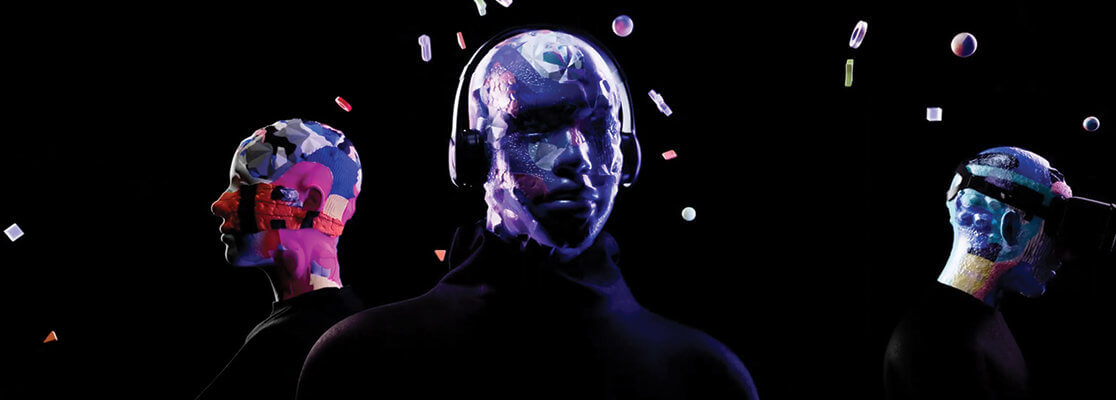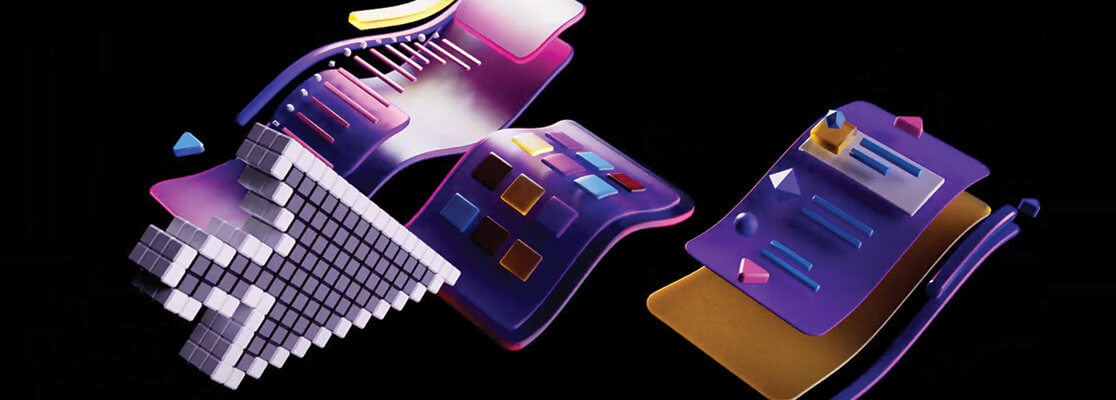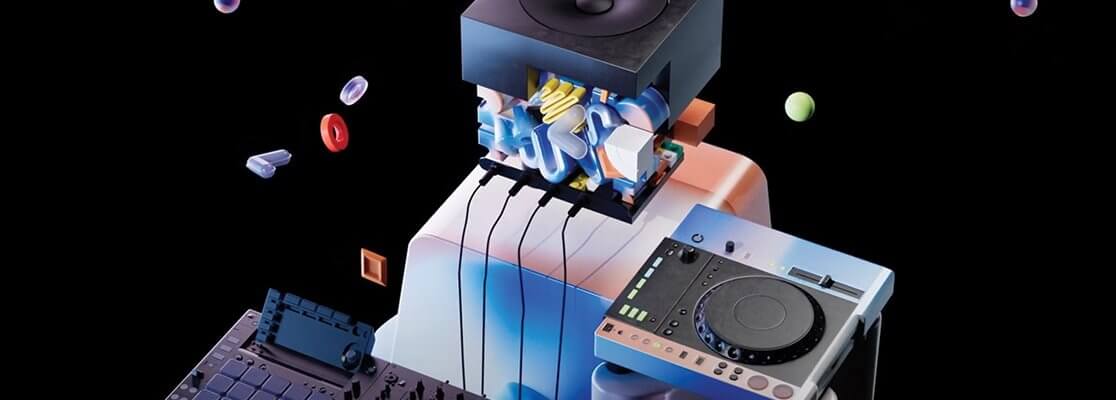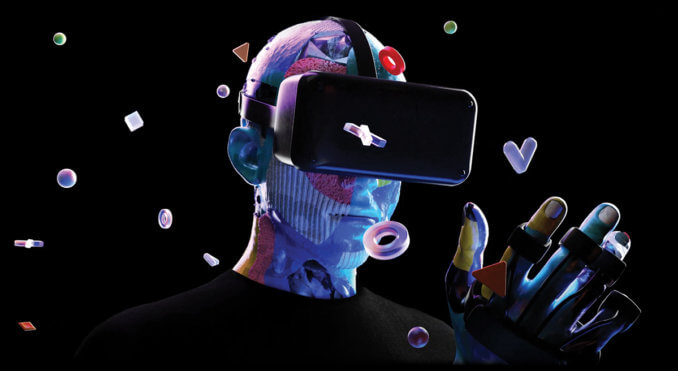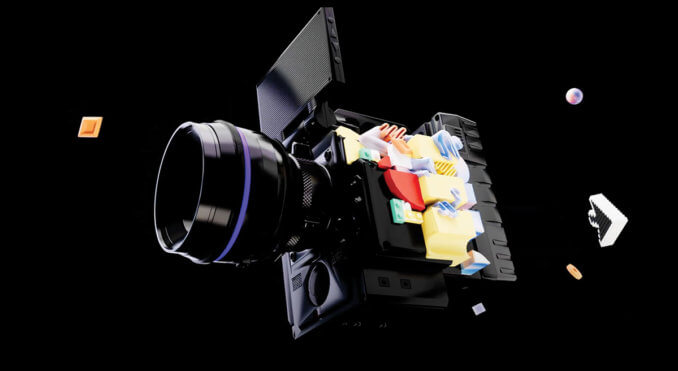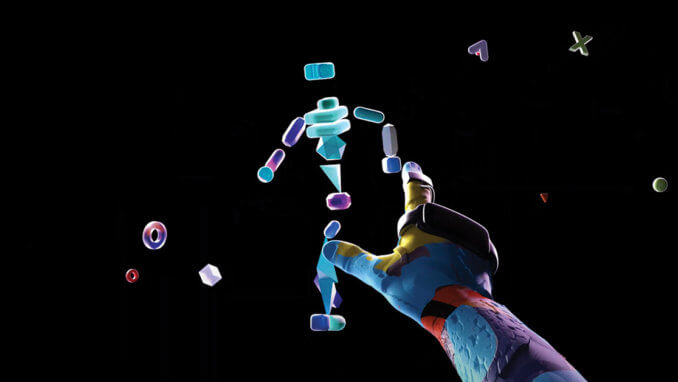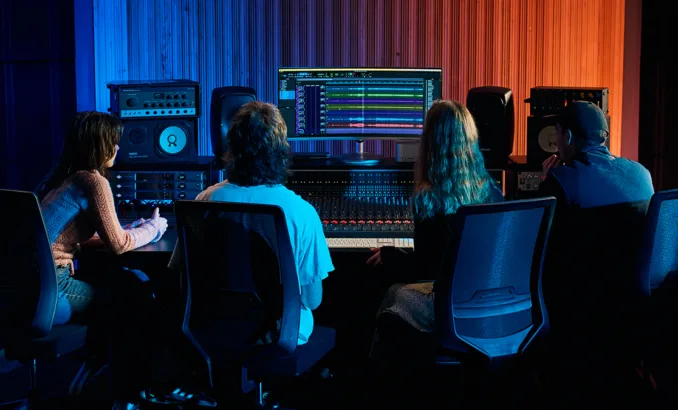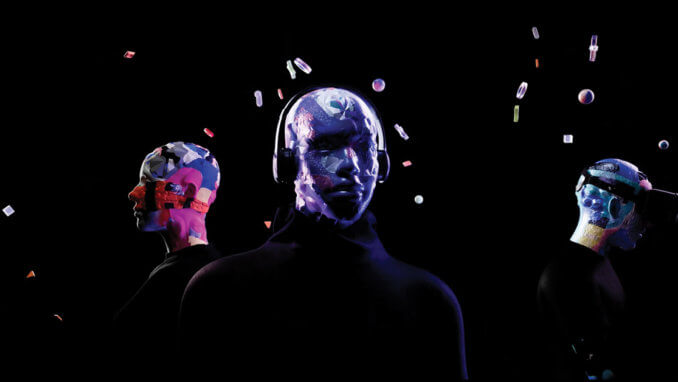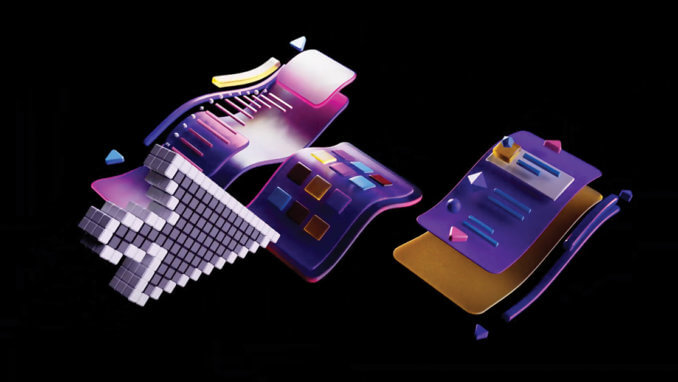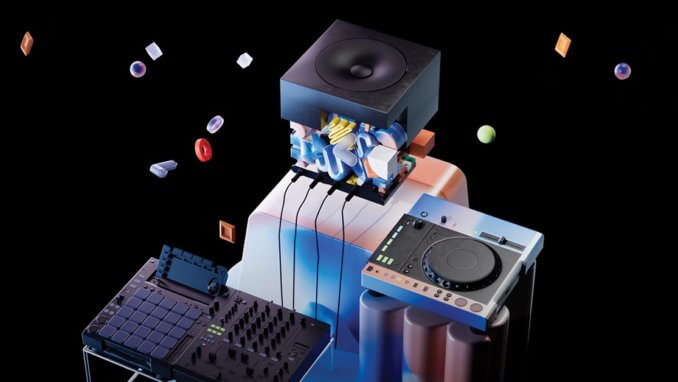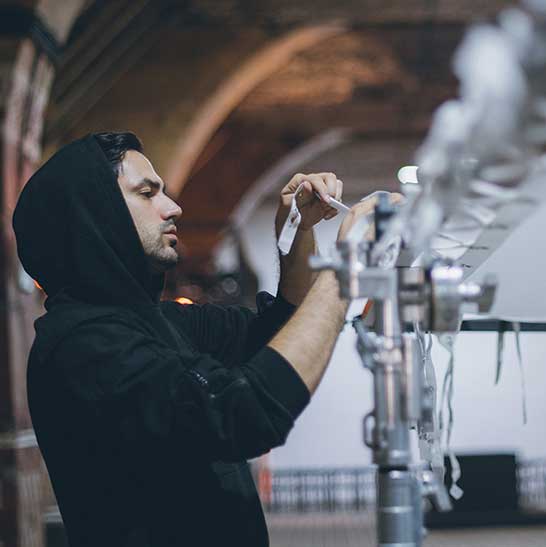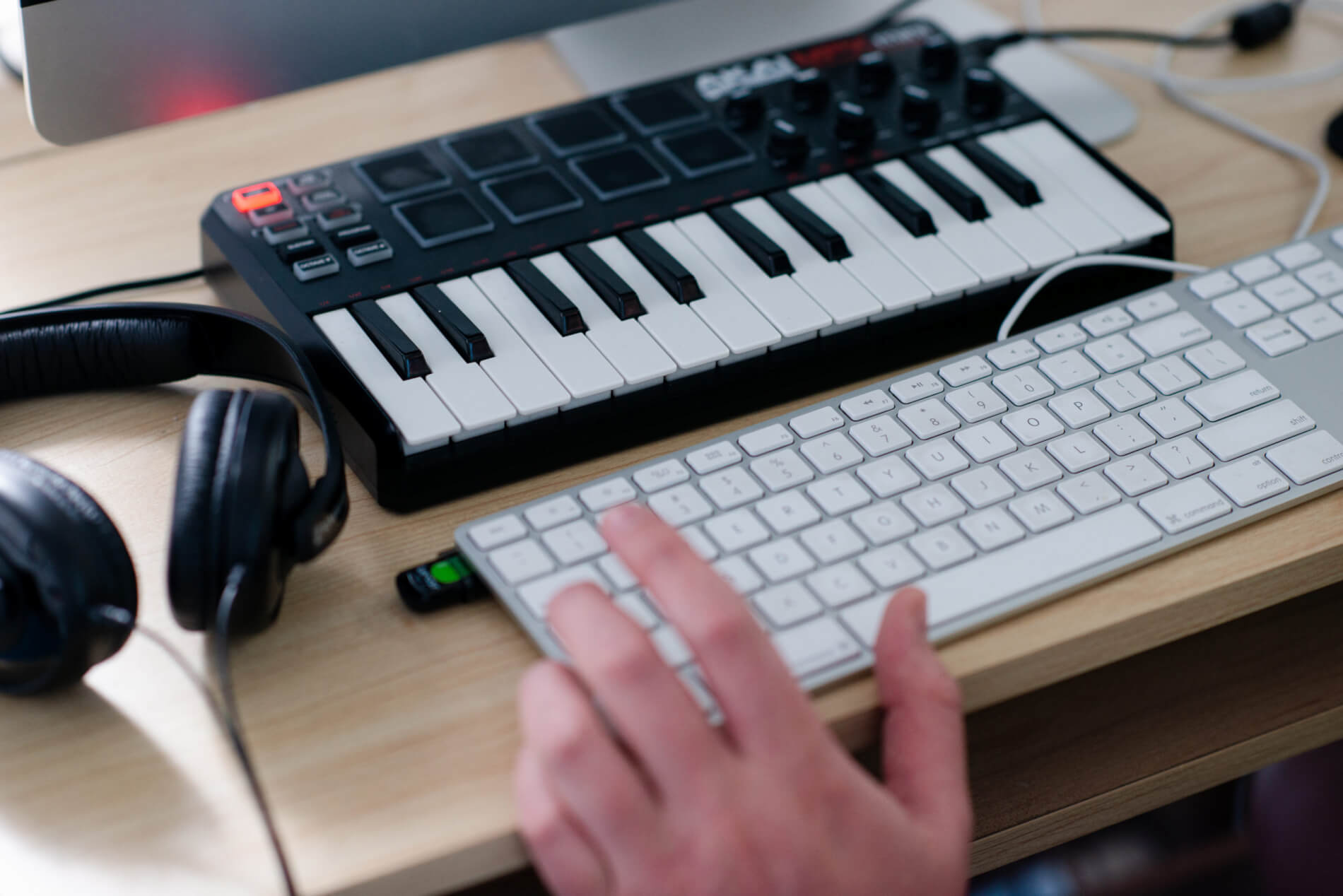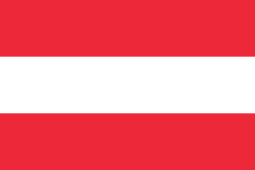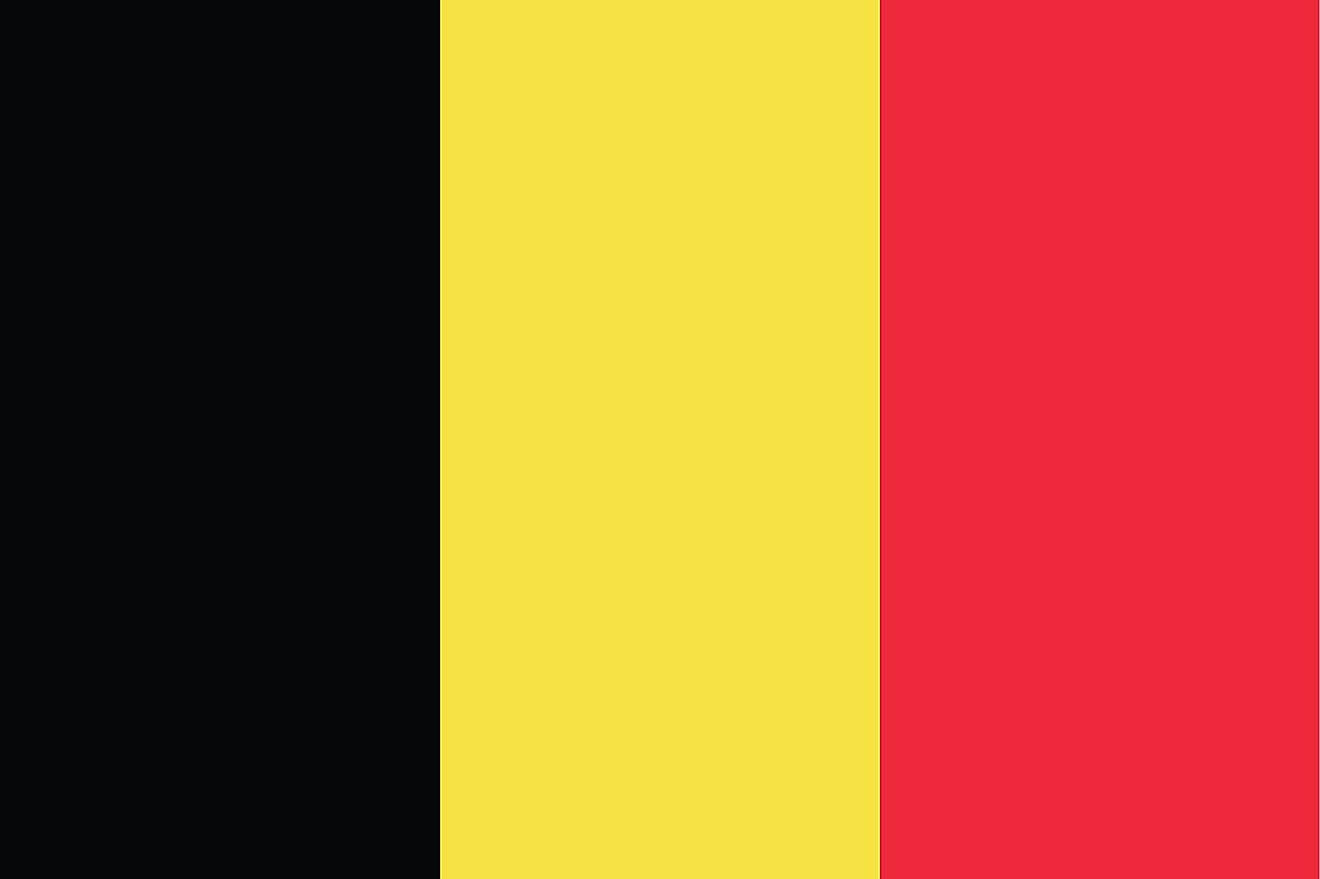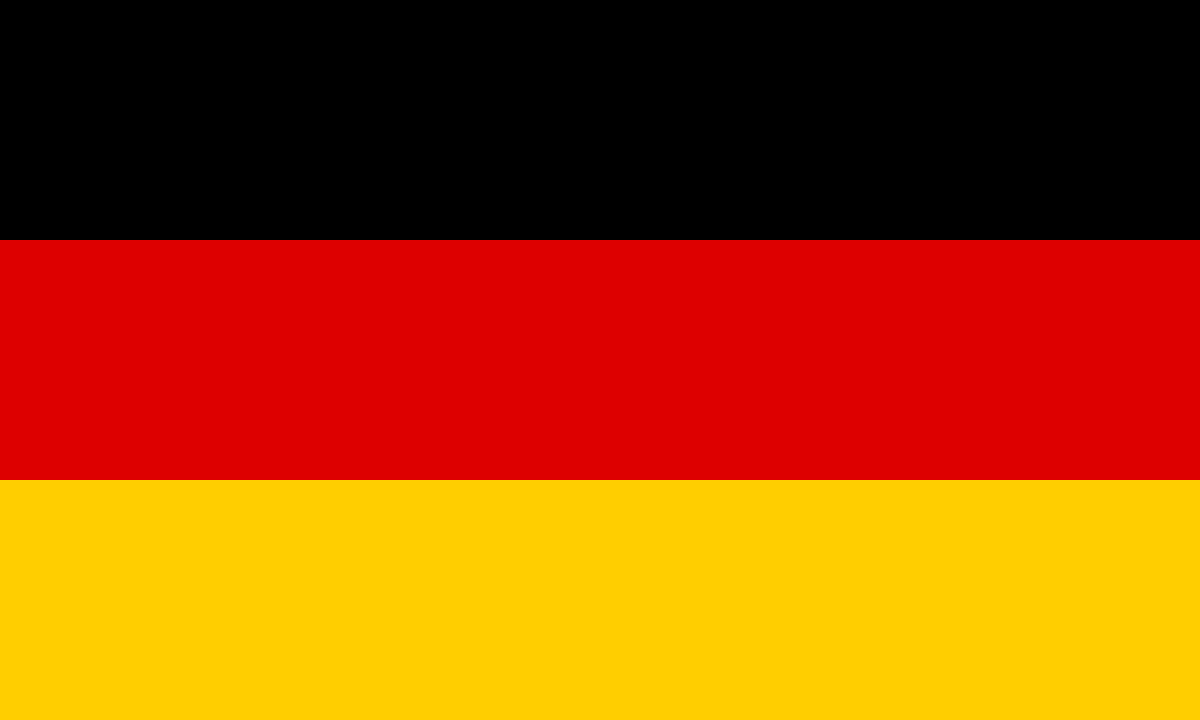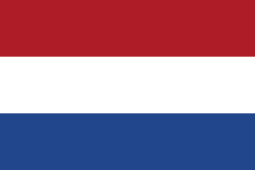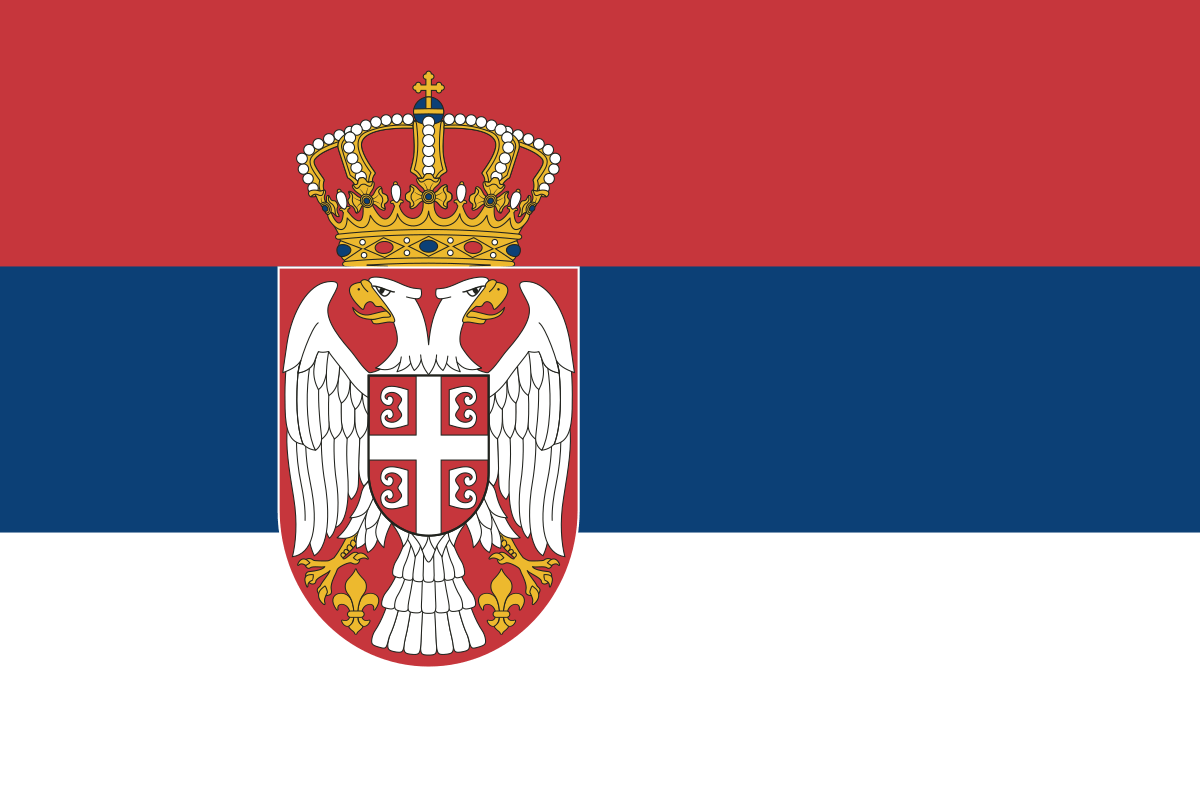Diploma of VFX
EMBRACE THE LATEST TECHNOLOGIES TO ENGINEER THE IMPOSSIBLE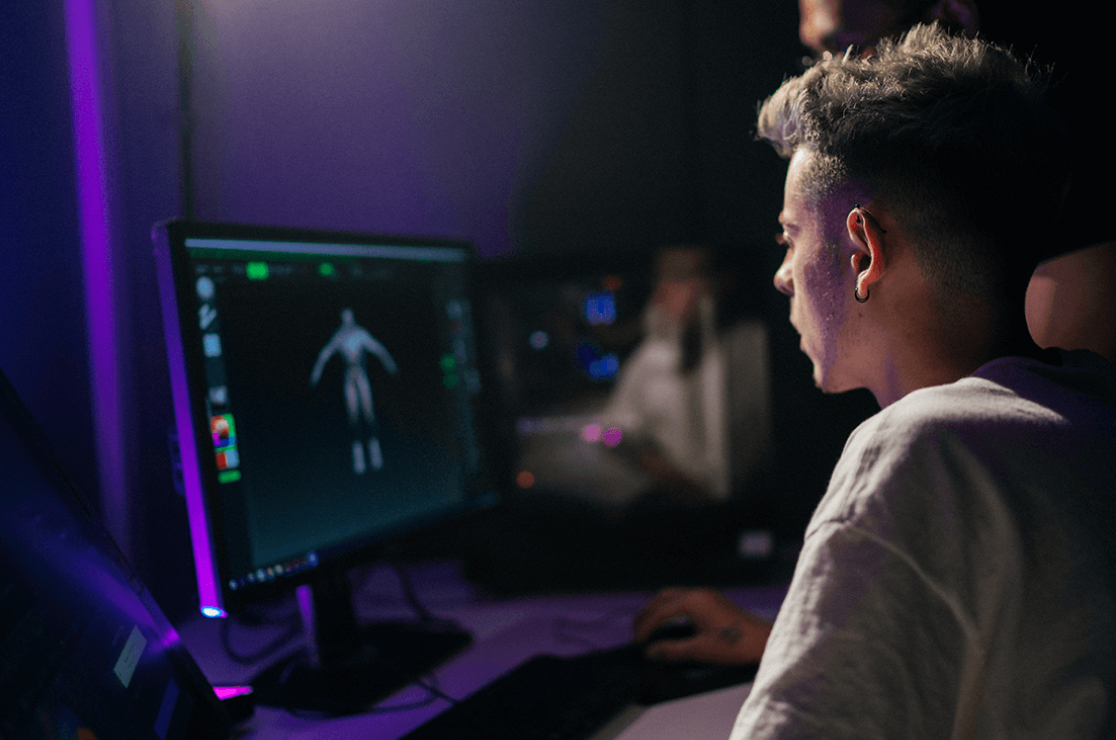
Online Delivery (Domestic students only)
Built for independent learners who need maximum flexibility without compromising on engagement.
- 2 hours of live online classes plus 1 hour of national content each week.
- Fully virtual with interactive sessions, discussions, and expert support.
- Access SAE’s full suite of digital learning resources from anywhere.
National Expertise
No matter how you study, you’ll learn from SAE’s national team of expert, industry-aligned faculty.
- Access top educators and specialists across Australia, wherever they’re based.
- Benefit from national masterclasses, guest lectures, and collaborative learning.
- Tap into deep industry knowledge that goes beyond your local campus.
Units x Costs ($AUD)
4 x $2,999
4 x $3,236
Indicative Annual Course Fee*
(based on 1.0 EFTSL)
$24,940 AUD
Plus Student Services and Amenities Fee (SSAF)
* The Indicative Annual Course Fee reflects that students are charged fees on a per unit basis and the fee for a unit may increase.
For more information view the SAE Fee Schedule or visit the Fees & Payment page.
Units x Costs ($AUD)
4 x $3,178
4 x $4,439
Indicative Annual Course Fee*
(based on 1.0 EFTSL)
$30,468 AUD
Plus Student Services and Amenities Fee (SSAF)
* The Indicative Annual Course Fee reflects that students are charged fees on a per unit basis and the fee for a unit may increase.
For more information view the SAE Fee Schedule or visit the Fees & Payment page.
Complete your course faster by studying the course units over approximately 7 months (2 trimesters).
Complete your course faster by studying the course units over approximately 7 months (2 trimesters).
Whilst still classified as a full-time study load, you will complete the course units over one year (3 trimesters).
September 2025
February 2026
May 2026
Your creative career starts with SAE
Course Structure
Complete your Diploma of VFX faster by studying the 8 required units in as little as 7 months (2 trimesters).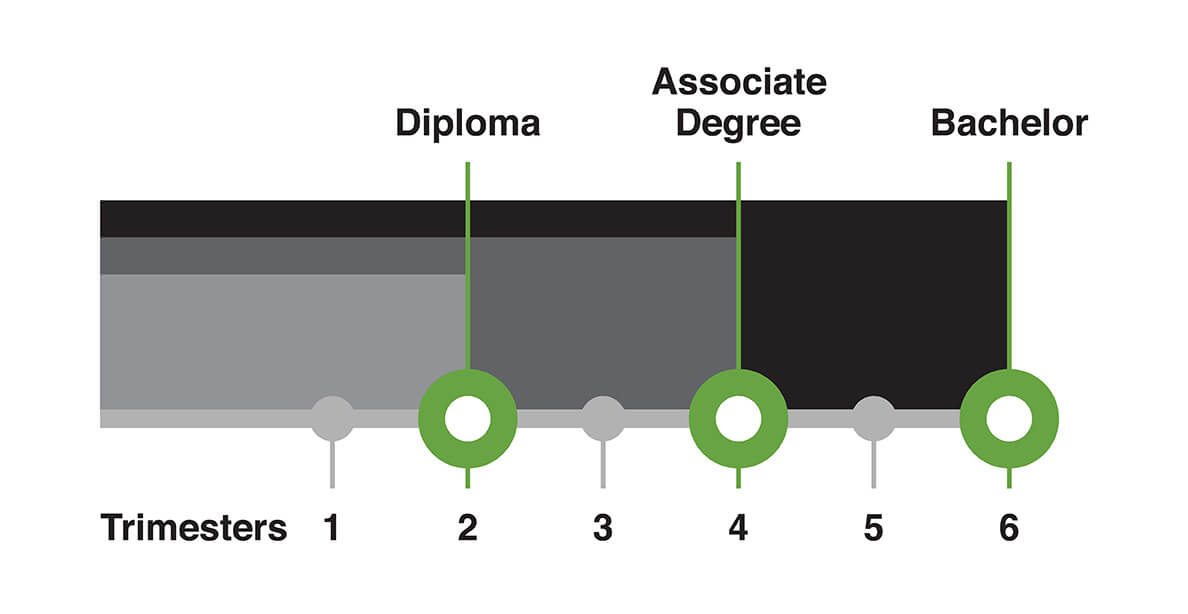
Welcome to Understanding Digital Production which will introduce you to fundamental digital theory and scholarship.
Here, you will explore the fundamental technical aspects of digital media files, colour theory, lighting theory, image types, resolution, aspect ratios, bit depth, frame rates, compression in addition to developing skills in Photoshop and digital matte painting. Additionally, you will explore foundational concepts of scholarship and theory through practical application.
The subject adopts a praxis learning approach, where theory meets practice. You will actively engage with digital media file concepts, colour theory, lighting theory and scholarship through targeted projects.
Introduction to Real-Time Engines will establish foundational knowledge for students. This unit includes the fundamental principles and workflows in real-time engines, in addition to the technical considerations. Students will explore a range of technical and theoretical concepts through a practical learning approach. In addition to developing their skills in using real-time engine software, students will develop their skills and knowledge from iterative development and reflection in order to embed foundational knowledge and skills. Additionally, students will build collaborative teamwork skills to establish professional practices and communication methods.
This unit will cover a range of topics related to the acquisition and manipulation of images for use in film and visual effects, including colour management, image and asset acquisition, on-set and editorial theory, and the theory behind rendered and generated images, which are typically created using computer-generated imagery (CGI) software. Additionally, we will explore the technical aspects of project setup in Nuke, a powerful compositing software widely used in the industry.
Other topics that will be covered include matchmove, mattes and masks, common compositing tasks in Nuke, and project management. By the end of this class, students will have a solid understanding of the technical and theoretical aspects of image acquisition and compositing, as well as the skills needed to work with images in a professional setting.
Explore how lighting and camerawork are used to enhance storytelling across a range of digital production environments. You will be looking at how traditional filmmaking has influenced Game Cinematics and Virtual Production, and how Digital Cinematography is used to create innovative approaches to visual storytelling.
GAD178 will introduce you to 2D Development and is designed to equip you with foundational knowledge and skills necessary for creating 2D games. The course is structured to guide students through the process of planning and developing 2D game assets, laying the groundwork for the creation of a fully realised 2D game concept.
By the end of this unit you will have created the necessary 2D assets required to convey the mood and tone of your own game. With these assets, you will have several fully realised scenes, built in a game engine that depict your vision and demonstrate your understanding of the 2D asset production pipeline.
3D Asset Production introduces students to the planning, design and construction of 3D models using industry standard software and techniques. This unit introduces students to concepts of workflows and pipelines in order to develop 3D assets for a number of purposes for games, animation, VFX and real-time applications. Students will develop their understanding of theoretical concepts and the practical application of 3D modelling through a hands-on approach. By planning and creating a number of 3D assets, students will develop their skills in using industry standard 3D modelling software including Maya in addition to being introduced to Substance Painter.
Worldbuilding for Virtual Environments is a practical unit focused on creating immersive digital worlds. Through hands-on projects, students learn to conceptualise, design, and implement virtual environments in a real-time engine. This unit provides essential skills for aspiring environment artists, virtual production artists, game artists and game designers.
This unit explores the concepts of entrepreneurship, innovation and project design. You will develop approaches to identify promising opportunities and actionable strategies to transform them into tangible successes. Through exposure to developing new ideas, processes and ways of working - both individually and in entrepreneurial teams - you will hone skills to put creative ideas into practice and achieve real-world impact.
As Alan Kay explained, "The best way to predict the future is to create it", so let's get at it!
Industry Tools




DIPLOMA OF VFX
Specially designed in consultation with industry experts from Technicolor and Ubisoft, SAE’s Diploma of VFX will nurture your creativity, empower you to experiment, and enhance your technical skill set.
As a student of VFX at SAE University College, you’ll learn in small classes with one-on-one mentoring opportunities not often found in larger universities.
Guided by industry experts, you’ll learn the fundamental technical aspects digital production, compositing, real-time engines, 2D and 3D modelling, and virtual environments. Explore our professional studio environment and become familiar with industry-standard tech & tools like Blender, Houdini, Maya, RV and Shotgun.
Your growth and development will be assessed through the completion of industry-based projects that will allow you to showcase your technical skills. You’ll engage in collaborative learning – both on-campus and online – producing work in response to client briefs just as you would in the industry.
We’ll also equip you with critical employability skills including strategies for problem-solving, communication and self-promotion.
Upon completion, you will be eligible for up to 80 credit points towards the Bachelor of VFX and Virtual Production, providing a structured pathway to future study opportunities.
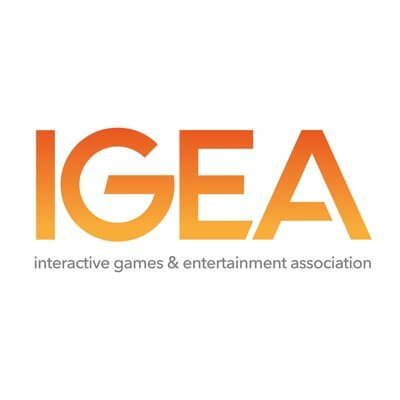
CAREER OUTCOMES
- Junior Virtual Set Builder/Environment Artist
- Rendering Assistant
- Junior Compositor
- Junior 3D Modeler
- Entry Level Graphics Programmer
- Storyboard Assistant
- Virtual Production Assistant
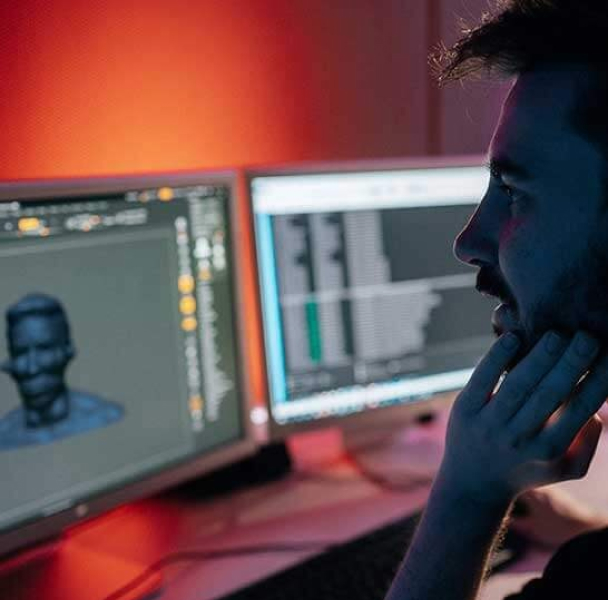
WHAT OUR STUDENTS SAY ABOUT SAE


Aldo Arechar
SAE Alumni | Current Job: Hans Zimmer's Remote Control Productions company in LA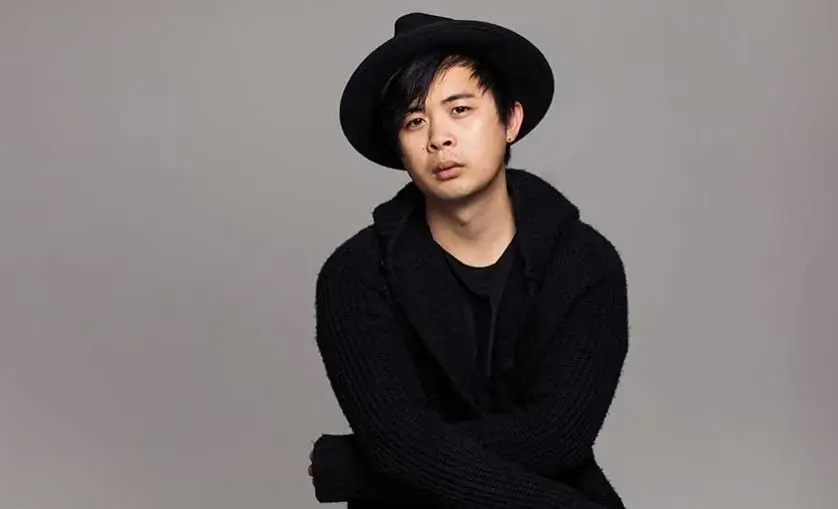
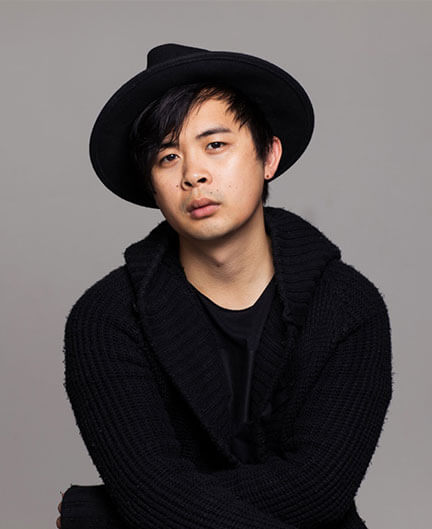
Keovilay Cola Saycocie
SAE Alumni | Current Job: Unreal Engine Developer

Sarah Khalaf
SAE Alumni | Current Job: TV ProducerSAE Diploma of VFX offers:
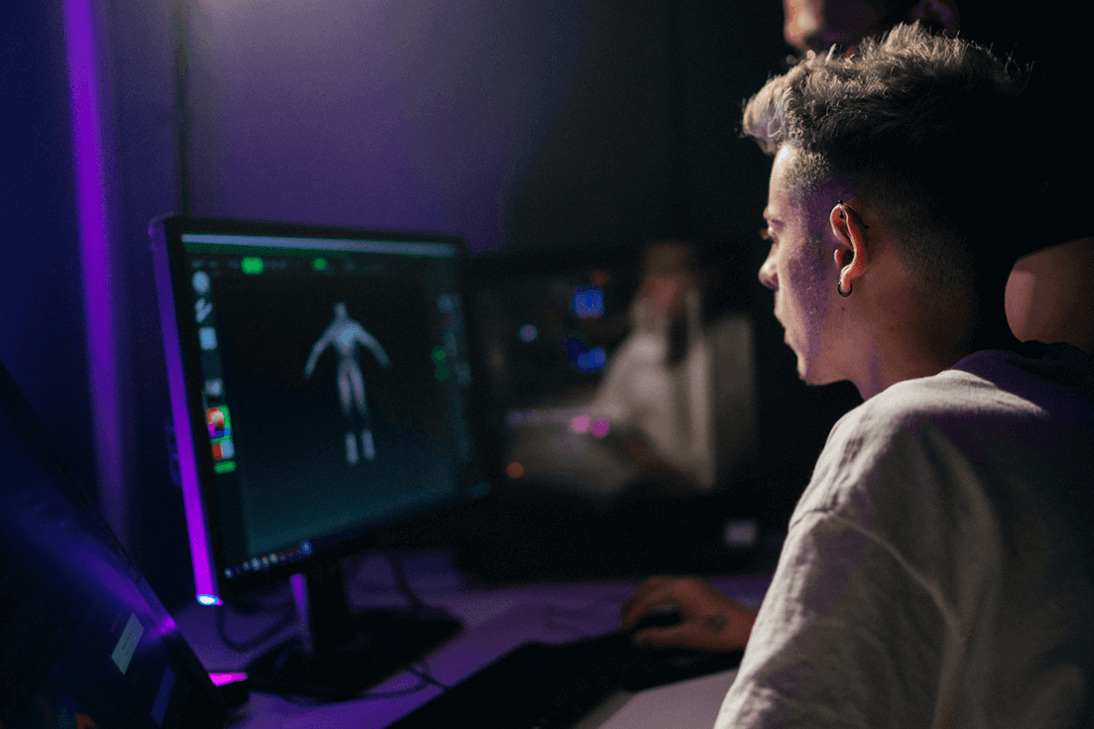
YOUR CAREER IN VFX BEGINS NOW
VFX SKILLS
FEE‑HELP* is an Australian Government loan scheme that assists eligible fee paying students pay all or part of their tuition fees. It cannot be used for additional study costs such as accommodation or text books. The total amount of FEE‑HELP a person can use is known as the ‘FEE‑HELP limit’.
Once a person begins using FEE‑HELP, the amount of FEE‑HELP they have left to use is known as their ‘FEE‑HELP balance’.
* Terms and conditions apply. For the latest updates regarding FEE-HELP please refer to sae.edu.au/fees
You can choose to study most of our courses in a part-time capacity. An SAE course advisor will be able to give you more information about the study options for your chosen course.
Note: Part-time is not available for international students.
CREDIT AND RECOGNITION OF PRIOR LEARNING
SAE may recognise your prior learning and may grant credit towards satisfying the requirements for a higher-level program. This is applied where previous learning is considered equivalent to the content and learning outcomes prescribed for units within the program.
For full details, please refer to SAE’s policy on recognition of prior learning and credit transfers.

